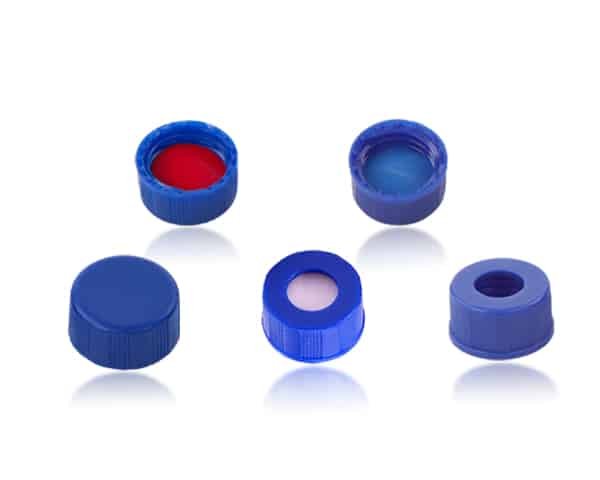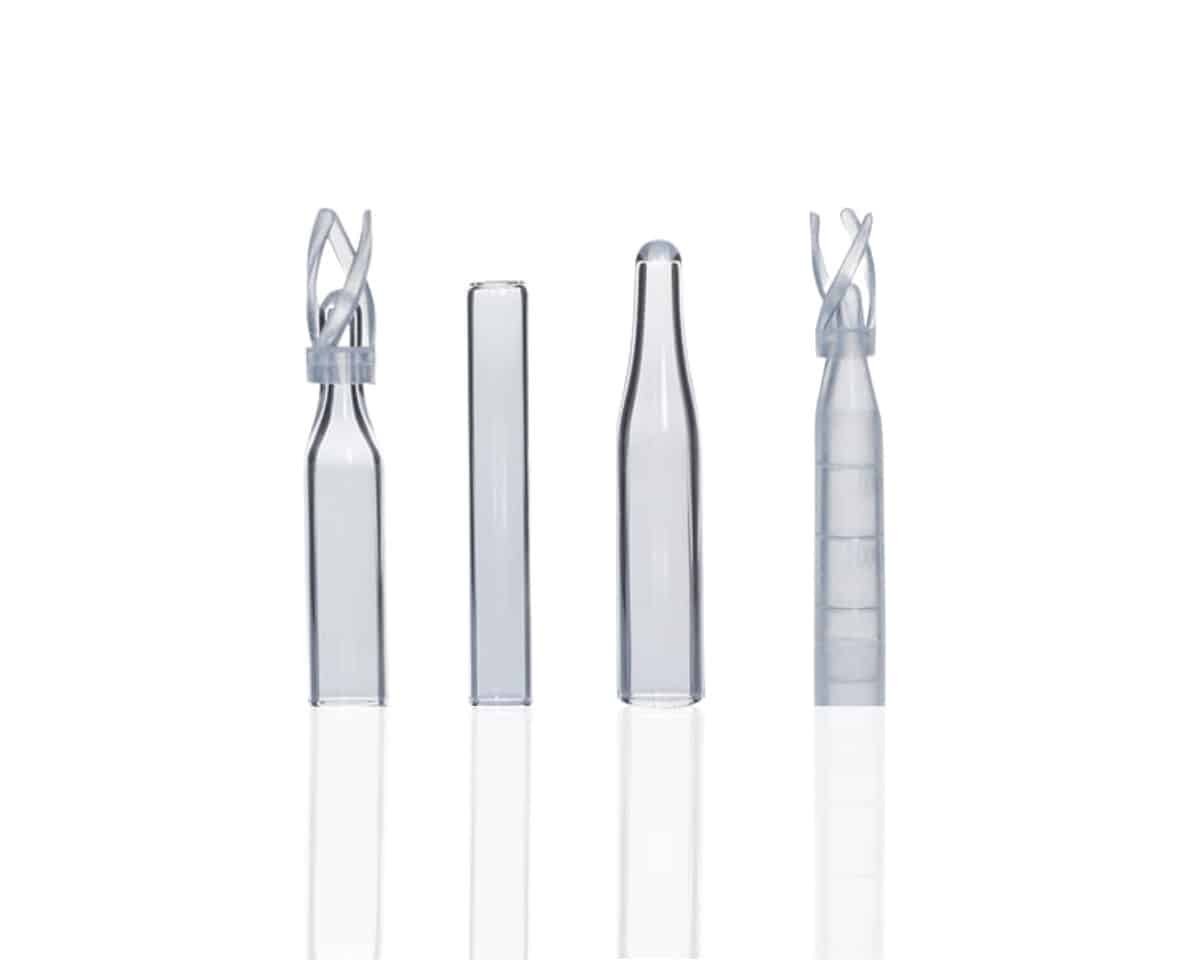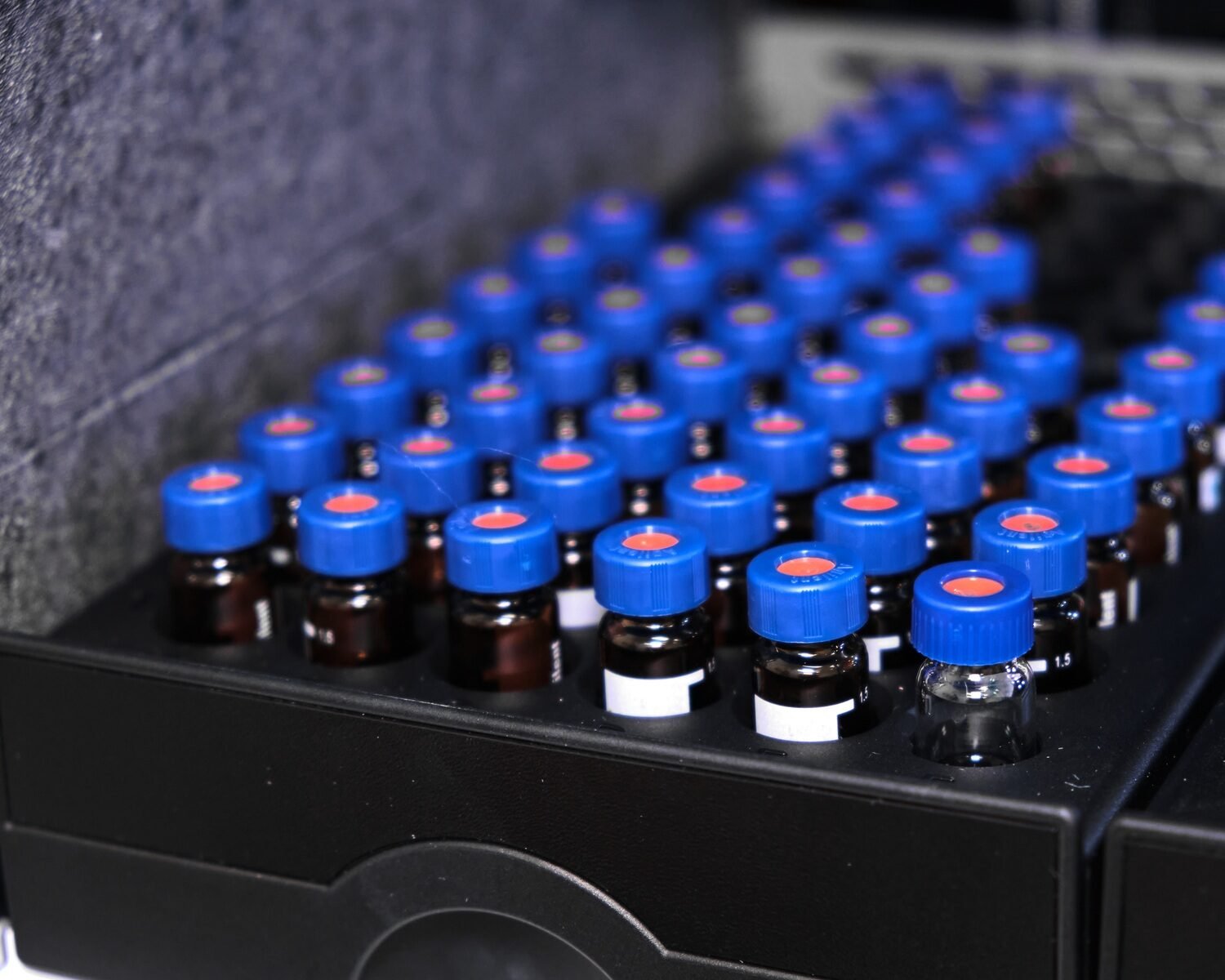If you’ve ever faced the headache of a bent needle during an HPLC test, you know how disruptive and costly it can be. You set up everything meticulously, only to discover that your needle has bent—leading to sample loss, inaccurate results, or even equipment damage. Nobody wants that, right? The good news is, with a few adjustments and expert tips, you can keep your needles straight and your results reliable.
Answer Section
To prevent needle bending during HPLC testing, focus on ensuring proper needle alignment, calibrating force settings, using quality vials and caps, maintaining lab conditions, and regular system maintenance. Let’s dive into these five expert tips!
Tip 1: Proper Needle Alignment
One of the most critical factors in avoiding needle bending is keeping the needle perfectly aligned. Misalignment can cause the needle to hit the vial cap at a weird angle, which is a recipe for disaster.
Why Alignment Matters
Imagine trying to thread a needle with your eyes closed—that’s essentially what an unaligned needle does in an HPLC test. Misalignment isn’t just inconvenient; it’s risky. When the needle repeatedly collides with the cap at an off-angle, it weakens, leading to bends or breaks.
Regularly Check and Recalibrate
Set up regular maintenance checks to verify the needle’s alignment. Most high-end autosamplers have built-in diagnostics to help you with this, but even if your system doesn’t, don’t worry. You can still conduct manual checks and realign as needed. Trust me, a little proactive effort goes a long way in avoiding needle issues.
Tip 2: Calibrate Your Force Settings
Force settings matter more than you might think. If your needle is exerting too much force, it’s likely to bend when it encounters any resistance.
Finding the Right Balance
Adjust the depth and speed settings on your autosampler. Don’t set it too fast or too deep; finding that sweet spot ensures smooth operation. Test different settings with low-risk solvents before proceeding with actual samples.
Do you think it’s tedious to adjust these settings every time? Well, it’s far better than replacing an expensive needle and dealing with ruined tests, right?
Run Preliminary Tests
Performing a few preliminary tests with standard solvents can help fine-tune your settings. This step will help you avoid bending issues before the real samples go in.
Resource: Learn more about calibrating force settings with instructional videos from HPLC experts like Waters Corp. (waters.com/adjust-force).
Tip 3: Use Quality Vials and Caps
The choice of vials and caps can make or break your HPLC test (literally). If you’re using low-quality or incompatible consumables, you’re setting yourself up for trouble.
Always use vials that are compatible with your autosampler. This might sound like basic advice, but you’d be surprised how often needle bending is due to mismatched consumables. Go for vials made specifically for HPLC applications; brands like Mastelf offer ND9 neck vials with great compatibility.
Select Compatible Vials
It’s crucial to use vials designed for your specific autosampler model. Choosing the wrong vials can lead to the needle bumping into the cap at odd angles, causing damage. Make sure the dimensions, neck style, and compatibility are spot-on.Go for Softer Septa
Not all caps are created equal. Some have harder septa that can cause unnecessary resistance. Opt for softer, pre-slit septa that allow the needle to penetrate smoothly without risking a bend.
Tip 4: Maintain Optimal Lab Conditions
Temperature and environmental conditions in your lab play a significant role in equipment performance. Extreme conditions can affect needle flexibility, especially if the needle is exposed to those conditions repeatedly.
Why Temperature Matters
Temperature changes affect needle material properties, making them more prone to bending. It’s like how a cold spoon is more brittle and can snap if bent too far. The same logic applies to your HPLC needle.
Ensure a Stable Environment
Keep your lab temperature stable and monitor humidity levels. This will not only preserve the integrity of your samples but also help maintain your needle’s flexibility.
Tip 5: Regular Maintenance and Inspection
Lastly, one of the most important practices is consistent maintenance and inspections. It’s easy to overlook regular checks when things seem to be running fine, but small problems can quickly turn into bigger ones if left unattended.
Schedule Inspections
Establish a regular maintenance schedule to inspect and recalibrate your system. Keep track of when your needles were last checked or replaced to stay proactive instead of reactive.
Stay on Top of Wear and Tear
Needles can wear out over time, especially if you’re running multiple tests daily. Regular inspections help you spot potential issues before they lead to sample loss or equipment damage. What do I think of this? Well, it’s like getting regular checkups to catch health issues before they escalate. Prevention is key.
Conclusion
And there you have it—five expert tips to prevent needle bending during your HPLC tests. It all comes down to alignment, force settings, consumable quality, environmental control, and consistent maintenance. Think of these steps as your insurance policy against the stress and cost of equipment damage. What do you think? Will you give these tips a try?
Fianlly, if you’re on the lookout for high-quality HPLC vials at sensible pricing, you won’t miss out Mastelf. With over 13 years of experience in chromatography vials, we can help you find the exact vials you need for your applications.
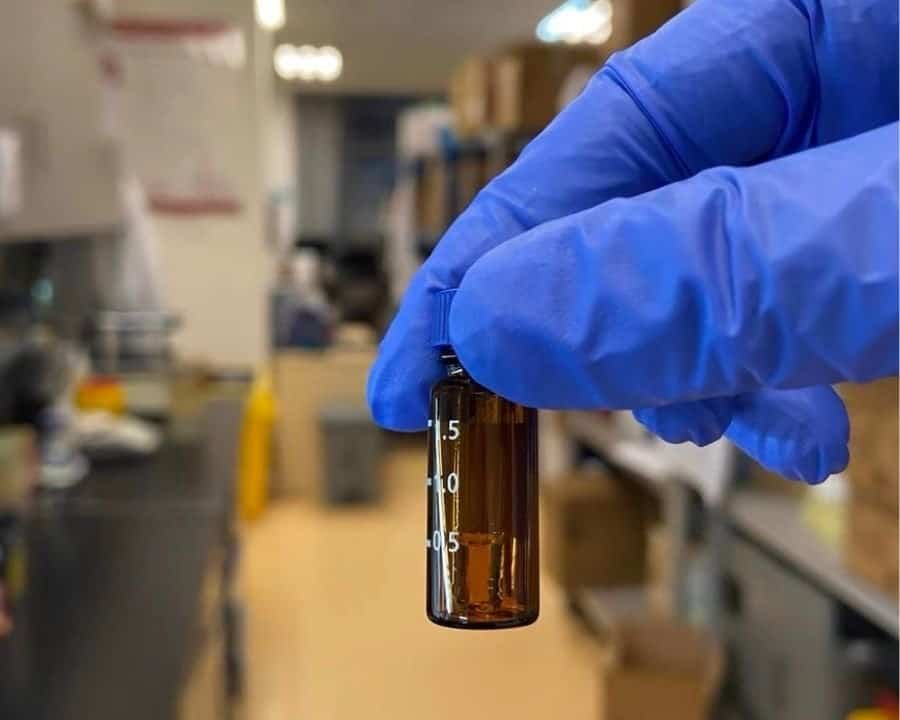
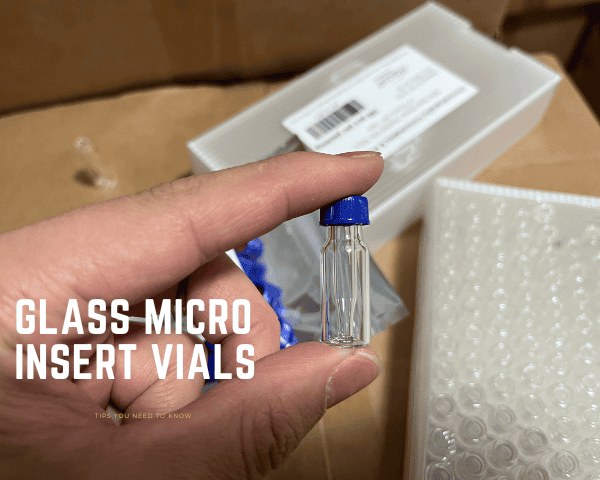
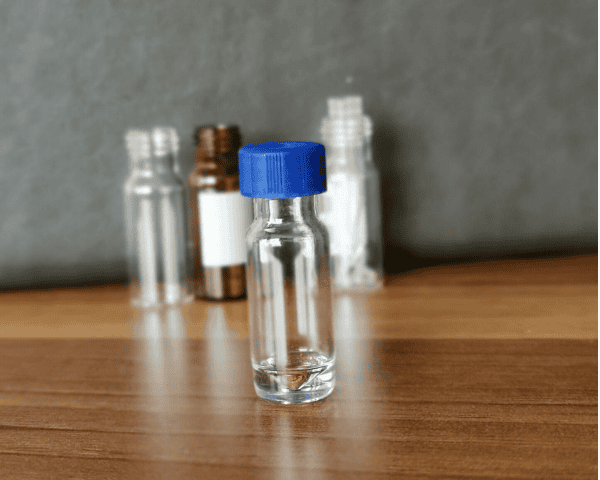
Our expertise ensures that you get reliable and precise products tailored to your specific requirements. Whether you’re in pharmaceuticals, research, or any other industry relying on HPLC, we understand your needs and are here to support you in making the right purchase.
Reach out to Mastelf, and let us assist you in procuring the perfect vials for your work.




